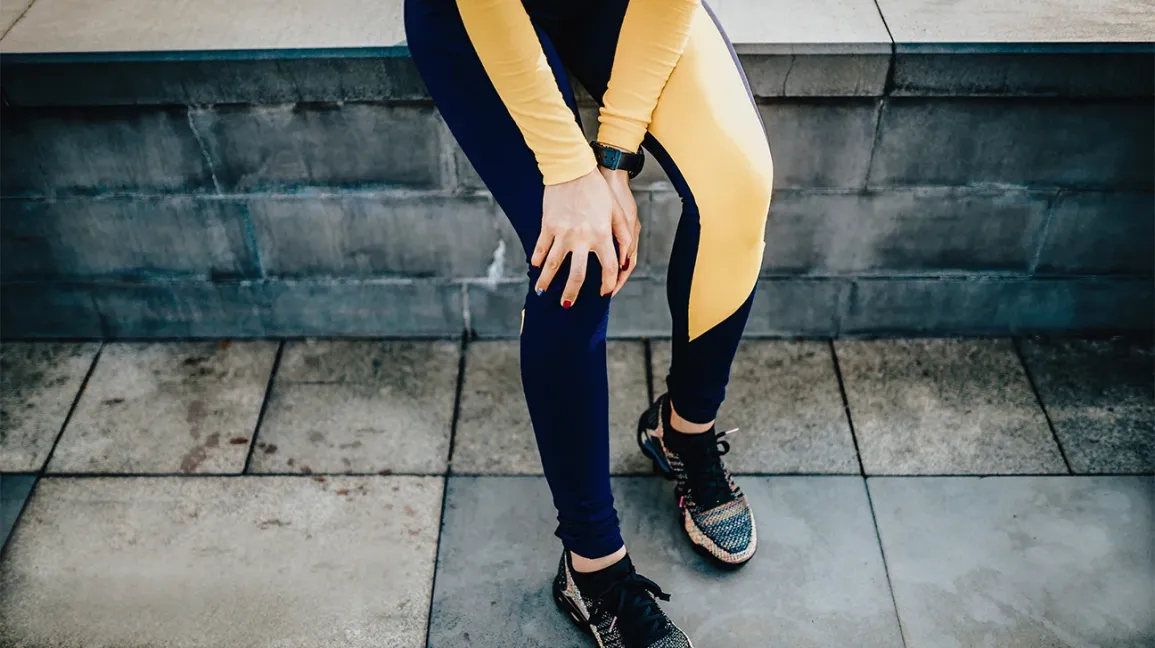Ever felt an unexpected loud pop in your knee followed by pain, and suddenly every step feels like a challenge? You’re not alone. That sharp, startling noise can be frightening—and often signals something more serious. At Direct Orthopedic, we see people all the time who wonder, “Should I worry?” Understanding what’s going on inside your knee after that pop is the first step toward feeling confident again.
Understanding the Knee & Why Pops Happen
Your knee is a complex joint held together by bones, cartilage, ligaments, and tendons. It’s designed for movement and stability but prone to stress.
Key structures include the menisci (shock-absorbing cartilage), major ligaments like the ACL and PCL, the MCL and LCL along the sides, and the surrounding tendons and joint capsule. All these components work together to help your knee bend, straighten, and handle impact.
So what causes that loud pop? It usually comes down to stress on a ligament, a meniscus tearing or catching, or cartilage shifting. Sometimes it’s just a harmless gas bubble in your joint fluid—but when that pop is followed by sharp pain, swelling, or instability, something more serious might be going on.
Common Causes of a Loud Pop in the Knee
Ligament Injuries
The most common culprit is a torn ACL. This usually happens when you stop suddenly, twist, or land awkwardly. People often describe a “pop” at the moment of injury, followed by immediate swelling and pain. PCL injuries are less common but can result from a direct blow to the front of the knee. Injuries to the MCL or LCL often come from contact or force to the side of the knee and may also involve a snapping or popping sound.
Meniscus Tears
These occur when the knee twists while bearing weight. A meniscus tear can cause a noticeable pop, then swelling and stiffness that develop over hours. You may find it painful to squat or rotate your knee. In some cases, the torn cartilage can get caught in the joint, making the knee feel like it’s locking or catching.
Cartilage or Patellar Issues
If your kneecap shifts out of place (a dislocation or subluxation), you may hear a pop and feel intense pain as it snaps back in. Other issues like patellofemoral pain syndrome or worn cartilage can also cause popping sounds accompanied by discomfort during movement.
Structural and Lifestyle Factors
Sometimes, your knee isn’t injured—it’s just overworked or out of alignment. Flat feet, weak leg muscles, or poor movement mechanics can all cause repetitive strain. That strain can eventually lead to pain and injury when the joint finally gives out—usually with a loud warning signal.
Health Conditions & Nerve Issues
Inflammatory conditions like arthritis or gout can weaken the joint over time and make it more susceptible to injury. Nerve impingement in the leg may also cause popping with pain, especially if it’s combined with tingling, numbness, or weakness.
Diagnosis: How to Know What’s Really Going On
Self‑Assessment
Start by thinking through what happened. Did the pop occur during a specific activity—sports, running, twisting? Did the knee swell quickly? Is there any bruising, instability, or inability to fully straighten or bend the joint?
If it was just a mild strain or overuse, symptoms may fade. But if you’re still limping or worried days later, it’s time to get evaluated.
Medical Evaluation
At Direct Orthopedic, we specialize in pinpointing knee issues with:
- A focused physical exam—checking range of motion, joint stability, and tenderness
- Diagnostic imaging like X-rays to rule out fractures
- MRIs when we suspect ligament or meniscus damage
- Ultrasound if soft tissue problems are suspected
We’ll walk you through exactly what’s happening, without medical jargon or guesswork. You’ll know what’s next—and what it’ll take to get back on track.
Treatment Options
At‑Home First Aid
The RICE method (Rest, Ice, Compression, Elevation) still holds up. It helps reduce swelling and pain in the short term. Over-the-counter meds like ibuprofen can help manage inflammation. Gentle movement is okay if it doesn’t increase pain—but don’t force it.
Physical Therapy
For many injuries, structured rehab is the fastest way back. We’ll guide you through:
- Strengthening exercises for your quads, hamstrings, and glutes
- Stability drills to retrain balance and joint control
- Range-of-motion work to prevent stiffness
This hands-on work can help avoid surgery in a lot of cases and get you back to walking, running, or squatting pain-free.
Medical Interventions
Sometimes, more support is needed:
- Bracing for ligament support
- Cortisone or hyaluronic injections for inflammation or cushioning
- Surgery (like ACL reconstruction or meniscus repair) when damage is severe
We always aim to get you moving again with the least invasive path possible—and make sure you know your options clearly from day one.
How to Prevent Knee Injuries Moving Forward
You don’t want to go through this twice. So what can you do?
Build strength in the muscles around your knee—especially the quads, hamstrings, glutes, and calves. Improve your flexibility and mobility. Work on your balance. And learn proper mechanics for sports or work activities that stress your knees.
Small changes in your routine—like warming up properly, using supportive footwear, or cross-training to avoid overuse—can add up to a big difference.
Why Direct Orthopedic Is the Place to Start
At Direct Orthopedic, we deal with knee injuries every day—from weekend warriors to seasoned athletes to folks who just twisted the wrong way stepping off a curb.
What makes us different:
- Same-day or next-day appointments
- On-site imaging and diagnostics
- A team of experienced orthopedic specialists
- Straight talk, no fluff
- Personalized treatment plans that actually work
If you’ve experienced a loud pop in your knee followed by pain, don’t wait it out. The sooner we see what’s going on, the faster we can get you healing—and back to your life.
Schedule your consultation today with Direct Orthopedic. We’re ready to help you take the first step, pain-free.



